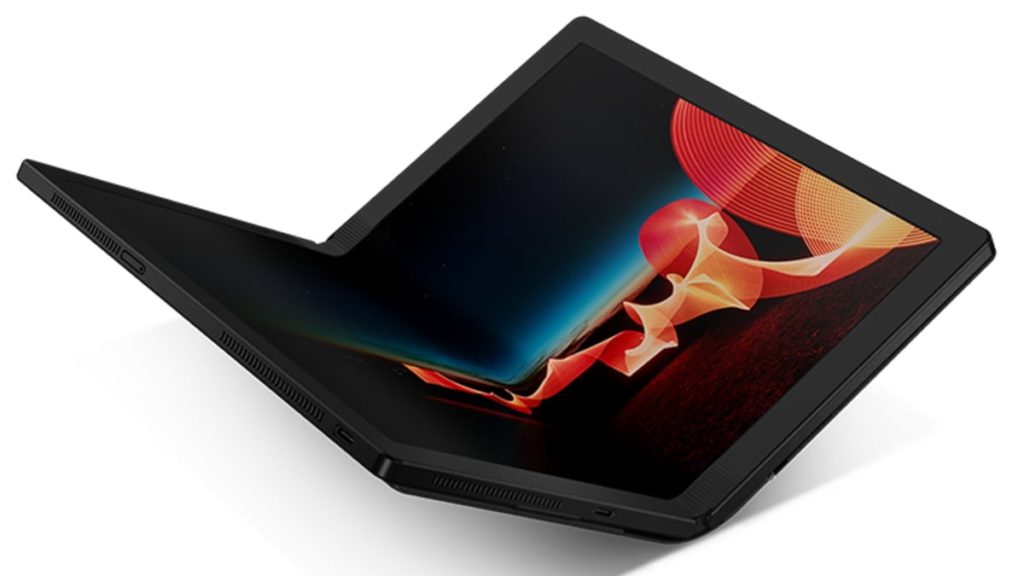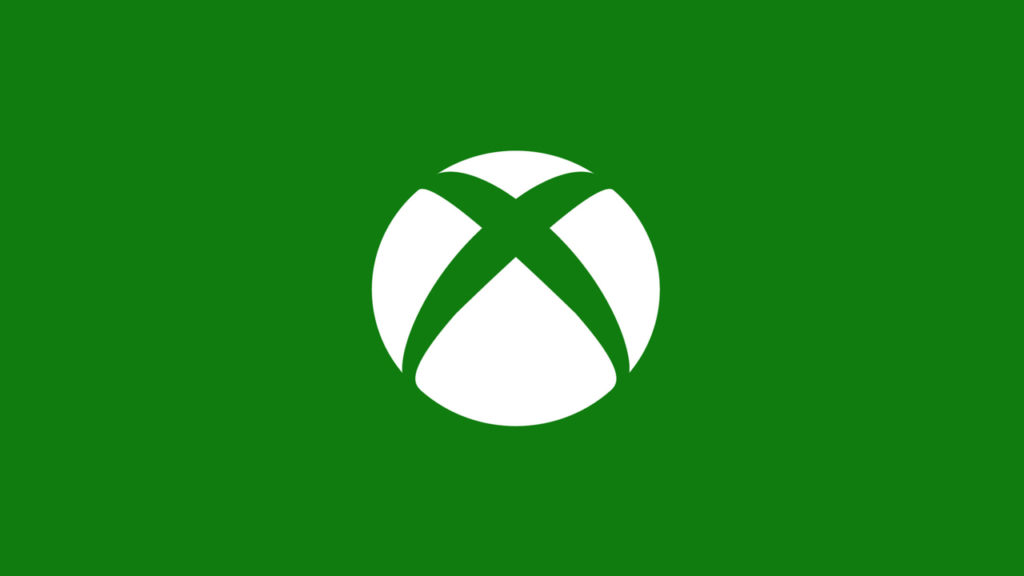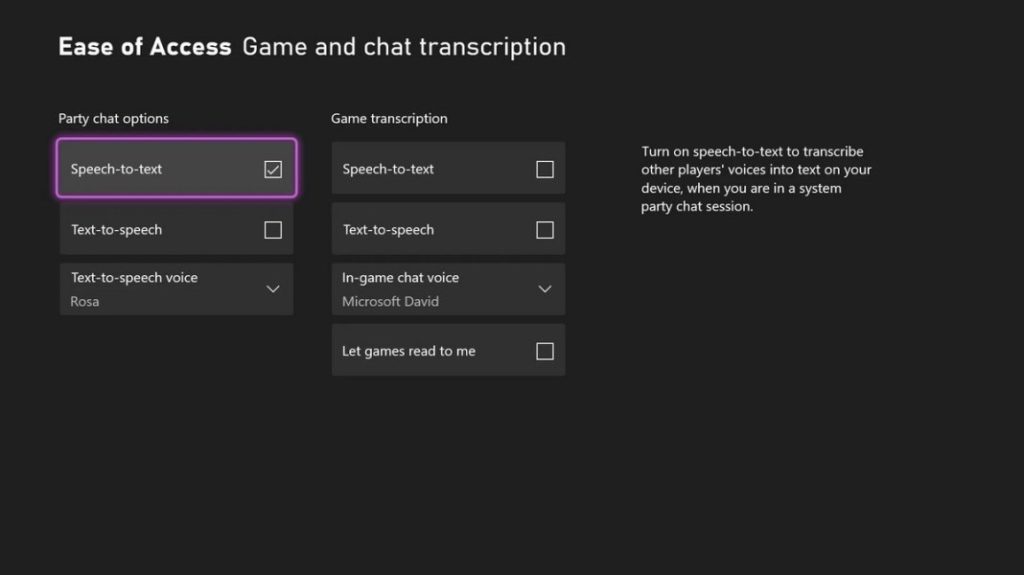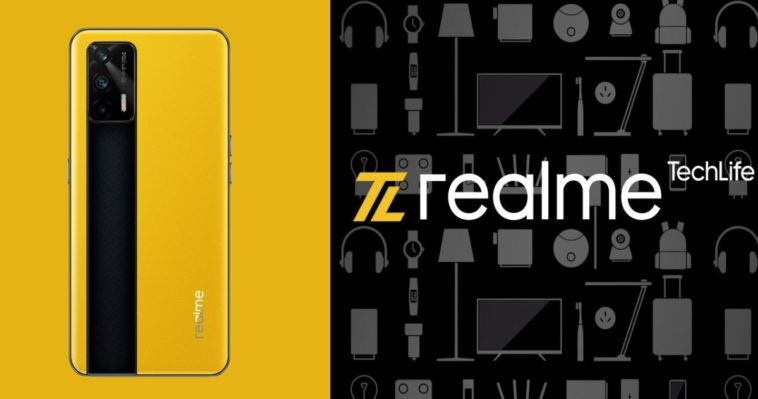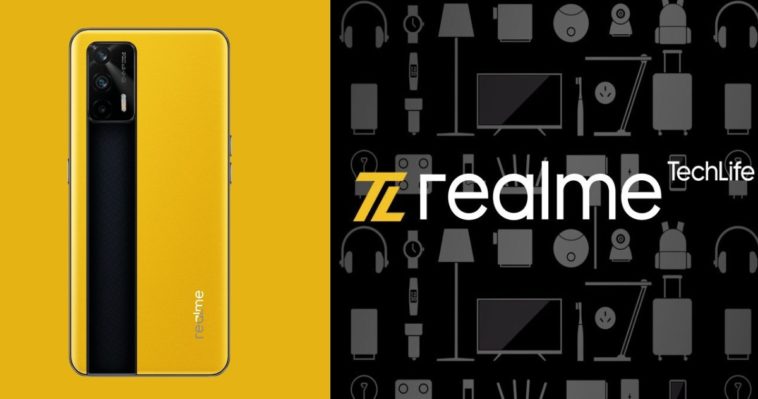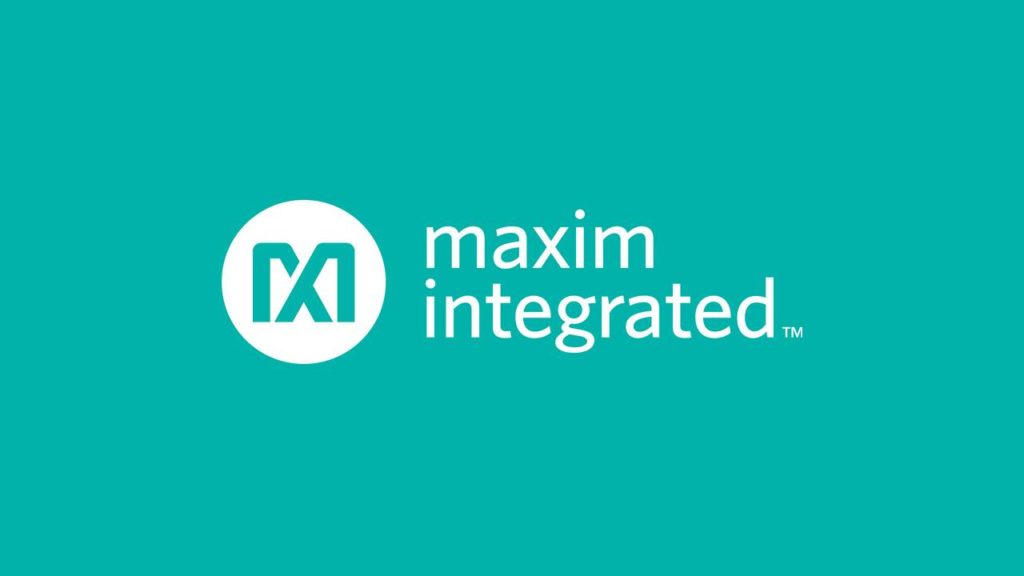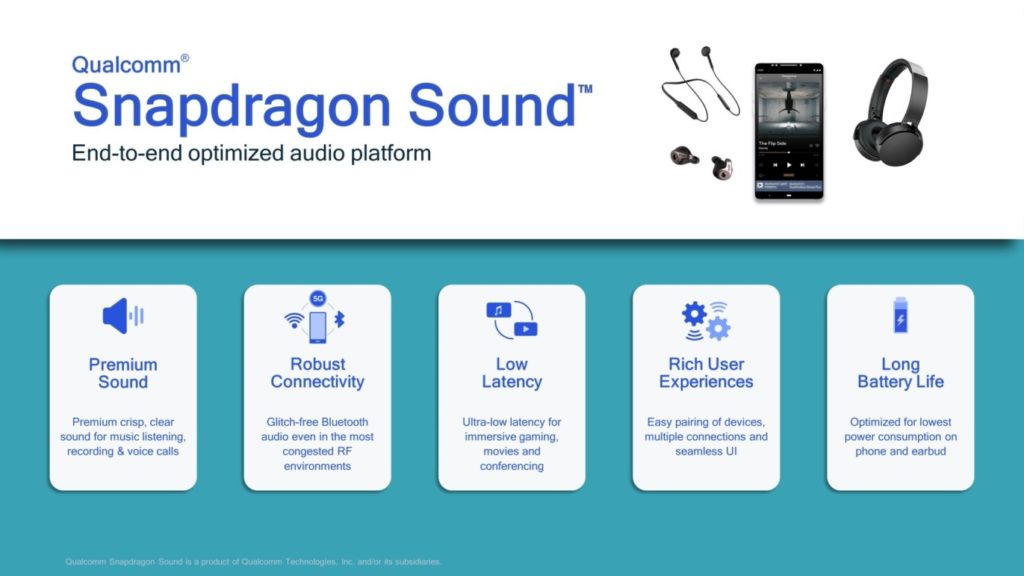Lenovo Thinkpad X1 Fold With Folding 2k Display Now Available In India.
On Tuesday, Lenovo ThinkPad X1 Fold, the company’s first flagship laptop with a folding display, was released in India. The folding design of the ThinkPad X1 Fold is enabled by a multilink torque hinge. Lenovo has also included a Bluetooth Mini Fold Keyboard, which nestles inside the fold and wireless charges when placed on top of the screen. When opened, the ThinkPad X1 Fold also functions as a tablet. When you want to browse the web, watch a video, or listen to a presentation, you can use it as a tablet by using the built-in kickstand or the optional easel to prop it up.
Lenovo Thinkpad X1 Fold Specifications
The Lenovo ThinkPad X1 Fold laptop has a 13.3-inch 2K (2,048×1,536 pixel) pOLED display from LG Display that can be folded to allow for a variety of use cases. The ThinkPad X1 Fold looks more like a sketchbook than a laptop thanks to its attractive leather folio. It is not only compact and stylish, but it is also functional. With a weight of only 2.2 pounds, it is small enough to fit into a jacket pocket or even a small handbag.
To enable the folding form factor, there is a mechanical hinge between the display. Users can use the ThinkPad X1 Fold as a regular laptop in landscape mode or as a notebook in portrait mode, taking notes or drawing sketches with Lenovo’s Active Pen. Lenovo has also included its Easel Stand, which allows for easy portrait or landscape placement on a desk, as well as the Bluetooth Mini Fold Keyboard, which allows the ThinkPad X1 Fold to function as a traditional laptop.
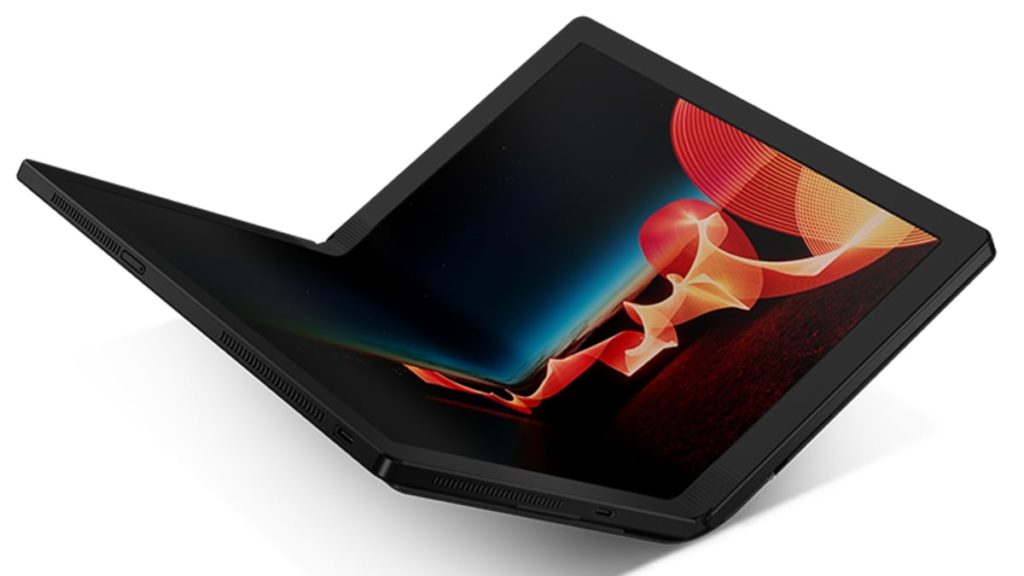
Lenovo ThinkPad X1 Fold runs Windows 10 Pro and comes preloaded with the Lenovo Mode Switcher app, which allows the machine to change orientation as needed. It quickly and easily splits the screen into two halves or uses full width for one large display. The ThinkPad X1 Fold, as the name implies, offers a split-screen experience. Fold it like a book for two side-by-side displays—ideal for comparing things, taking notes, reading, or simply multitasking. Turn it so that the split-screen appears from top to bottom, and you can sketch, jot notes, or type using the on-screen keyboard.
Unlike folding phones, which are fragile and easily damaged, the Lenovo ThinkPad X1 Fold is marketed as a rugged and tough device. MIL-STD 810H certification is claimed to have been obtained. Furthermore, Lenovo claims that the ThinkPad X1 Fold underwent additional testing to ensure that the screen could withstand the stresses of being opened and closed thousands of times. The ThinkPad X1 Fold encrypts data with a discrete Trusted Platform Module (dTPM), making it more difficult to hack and keeping your critical data more secure.
The ThinkPad X1 Fold is powered by an Intel Core i5 processor, Intel UHD graphics, 8GB of LPDDR4x RAM, and up to 1TB of PCIe-NVMe M.2 2242 SSD. Wi-Fi 6, Bluetooth v5.1, and two USB Type-C 3.2 Gen 2 ports are among the connectivity options (one of which can be used as a DisplayPort). Optional 5G/ 4G LTE support is also available. For a better multimedia experience, Lenovo has included four microphones and a Dolby Atmos speaker system. The ThinkPad X1 Fold also has a Hybrid infrared (IR) and an HD webcam for Windows Hello facial recognition and video chat.
On a single charge, the ThinkPad X1 Fold can provide up to 10.4 hours of video playback. In addition, there is 50W Rapid Charge fast charging technology.
Price And Availability
The Lenovo ThinkPad X1 Fold is priced at Rs. 3,29,000. The laptop is currently available for purchase through the Lenovo India website for a starting price of Rs. 2,48,508. Gadgets 360 contacted the company and was told that the difference between the listed and official prices is due to limited-time offers that will end at the end of this month. Customers can also choose a no-cost EMI option that lasts up to six months. Lenovo ThinkPad X1 Fold was released in the United States in January of last year for $2,499 USD (roughly Rs. 1,85,700).
